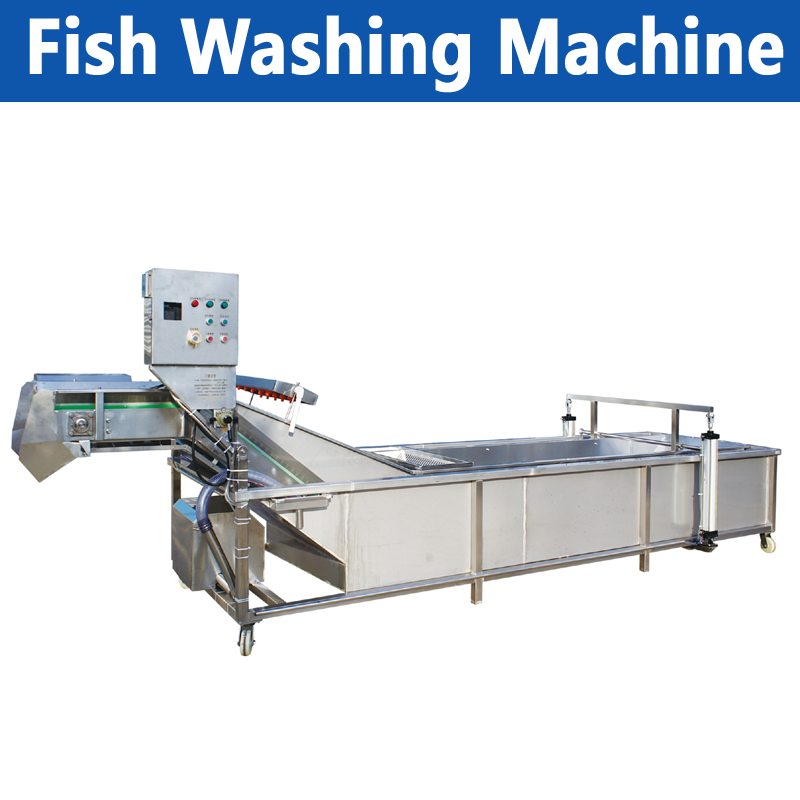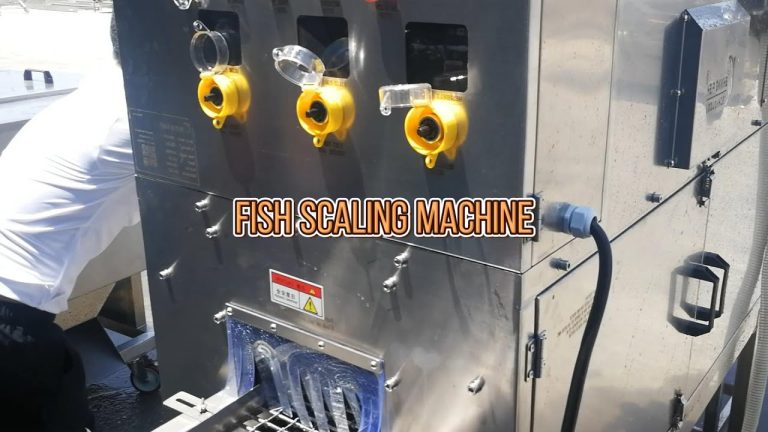Table of Contents
Meat Slicer Cutting Machine
A meat slicer cutting machine, also known as a meat slicer or deli slicer, is a versatile kitchen appliance used for slicing various types of meats, cheeses, and other foods with precision and consistency. It is commonly found in professional kitchens, delis, grocery stores, and even some home kitchens due to its efficiency and convenience.
These machines are equipped with a sharp rotating blade that can be adjusted to achieve different thickness levels of slices. This feature allows for customized slicing according to the user’s preferences and the specific requirements of the dish being prepared. Meat slicer cutting machines come in different sizes and designs to accommodate varying needs and space constraints.
One of the main advantages of using a meat slicer cutting machine is the time and effort it saves during food preparation. Instead of manually slicing large quantities of meat or cheese, which can be labor-intensive and inconsistent, the machine ensures uniform slices quickly and efficiently. This can be especially beneficial in commercial settings where speed and consistency are essential for customer satisfaction.
Maintenance and Cleaning
| Serial Nr. | Commodity name |
| 1 | Fish processing plant |
| 2 | Fish scaling machine scale remover |
| 3 | Making machine fish fillet |
| 4 | Fresh fish cutting machine |
| 5 | fish skin peeling machine |
| 6 | Bubble cleaning machine |
| 7 | Ice glazing machine for fish meat |
| 8 | Fish scaling and gutting machine |
| 9 | Fish meat picker |
| 10 | Fish slicer cutting |

Proper maintenance and cleaning of a meat slicer cutting machine are crucial to ensure its longevity and performance. Regularly inspecting the blade for sharpness and any signs of wear is important to maintain effective slicing results. Keeping the machine clean after each use, especially the blade and other components that come into contact with food, helps prevent cross-contamination and foodborne illnesses.
It is recommended to follow the manufacturer’s instructions for disassembling and cleaning the machine to avoid damaging any sensitive parts. Some models may be dishwasher-safe, while others require manual cleaning with warm, soapy water. Lubricating moving parts and storing the machine in a dry, dust-free environment can also contribute to its durability and smooth operation over time.



